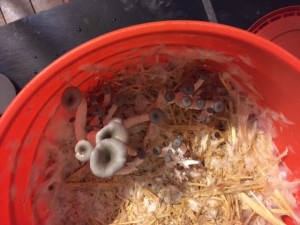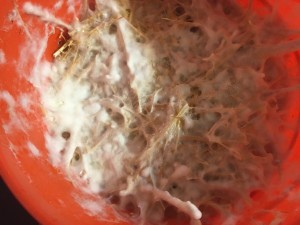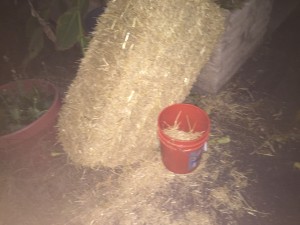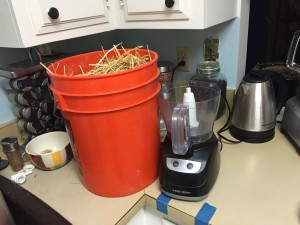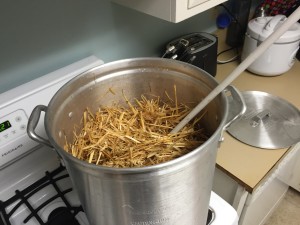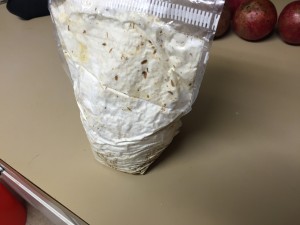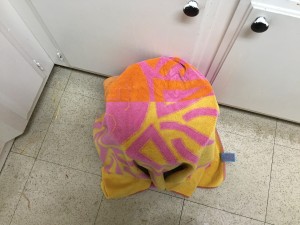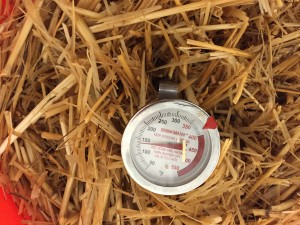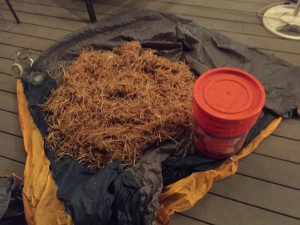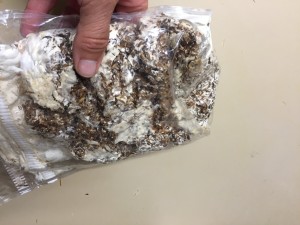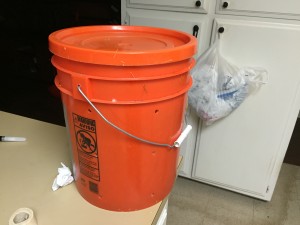I kick around at the oak leaf litter hoping to find a mushroom trying to poke its way through the ground cover to scatter its spores to the wind. I avoid all the leafless stems poking up at the base of the big oaks trying to avoid poison oak; even without the leaves, the stems have enough Urushiol to cause irritation. The dry weather of the past couple of weeks has left fungi in short supply. Most of the few mushrooms I find, are already blackened with decay.
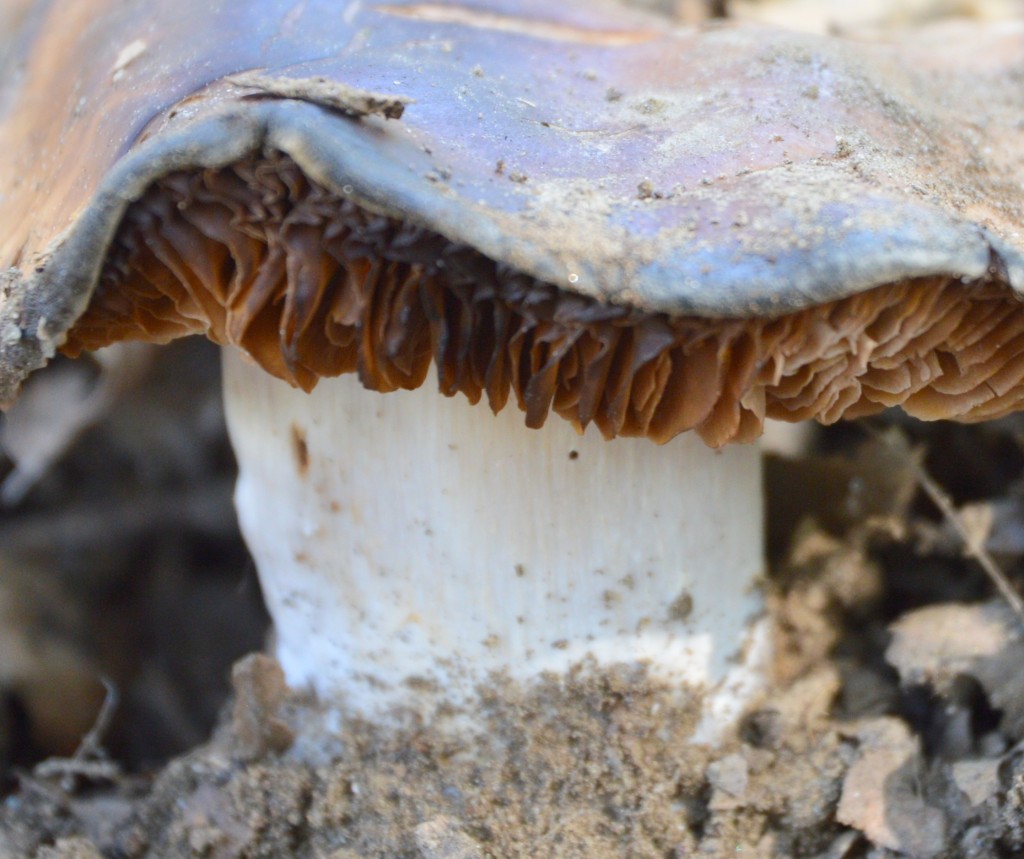
I continue checking out the base of the oak trees. Many species of mushrooms are mycorrhizal symbiants with the oaks. I see a promising disturbance in the ground, kick away the leaves and sticks, to find an intact specimen (identity unknown). I tidy up the fungus trying to render it presentable, and snap off a few shots. I bag my specimen and move on.
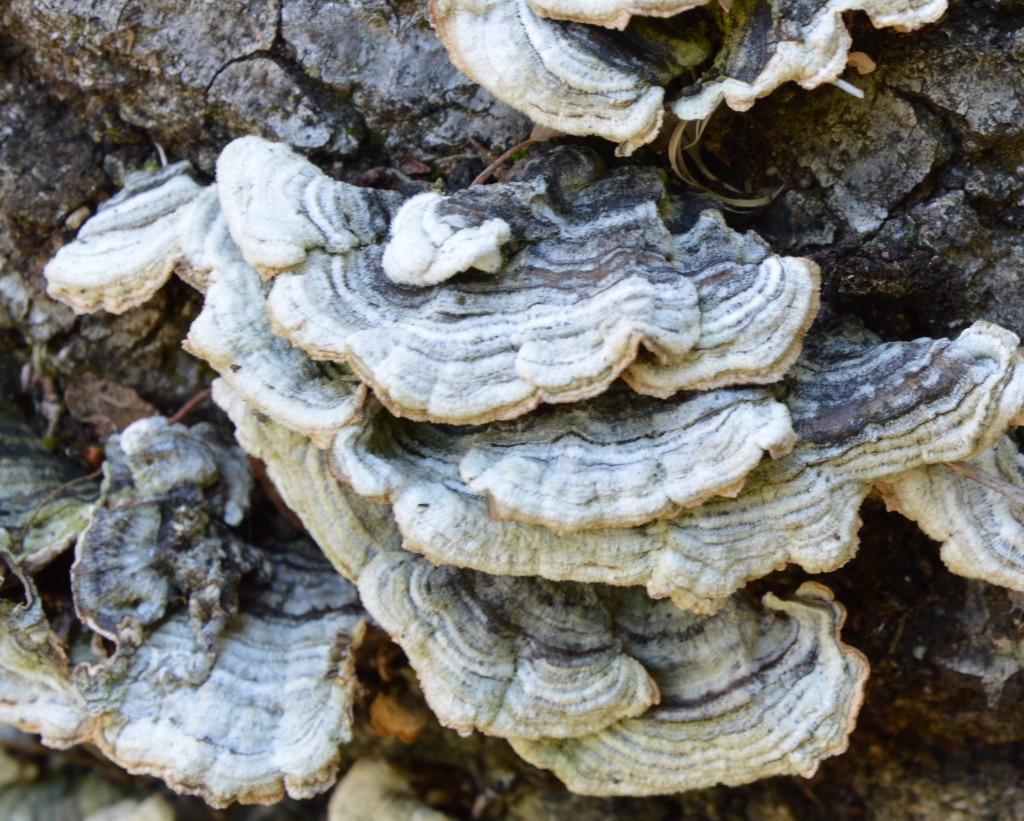
A fallen tree is loaded with turkey tail mushrooms, the very hard shelf mushrooms that grow out of fallen trees like the tree sprouted ears and then fell on its side. I take a couple of pics, break off a few samples with my knife and bag’em.
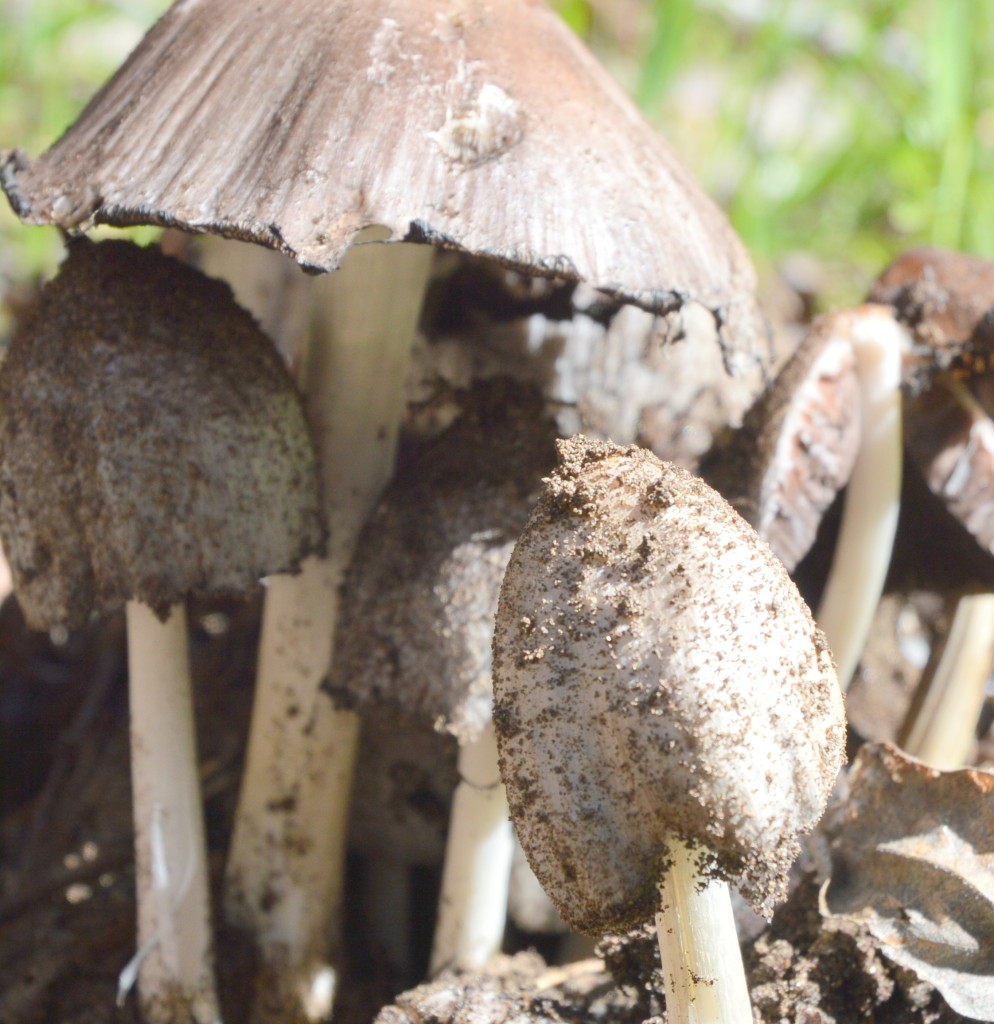
The treasure hunt continues. I finally run into a little forest of coprinus atramentarius. This interesting family of mushrooms is known as the inky caps. These mushrooms deliquese (liquefy), digesting themselves via hydrolytic enzymes. For the moment, they are solid, I clear out some of the ground cover, take some pictures, and only dig out two to take back to the foray staging area, since I know they will not last very long before they turn into a goopey mess.
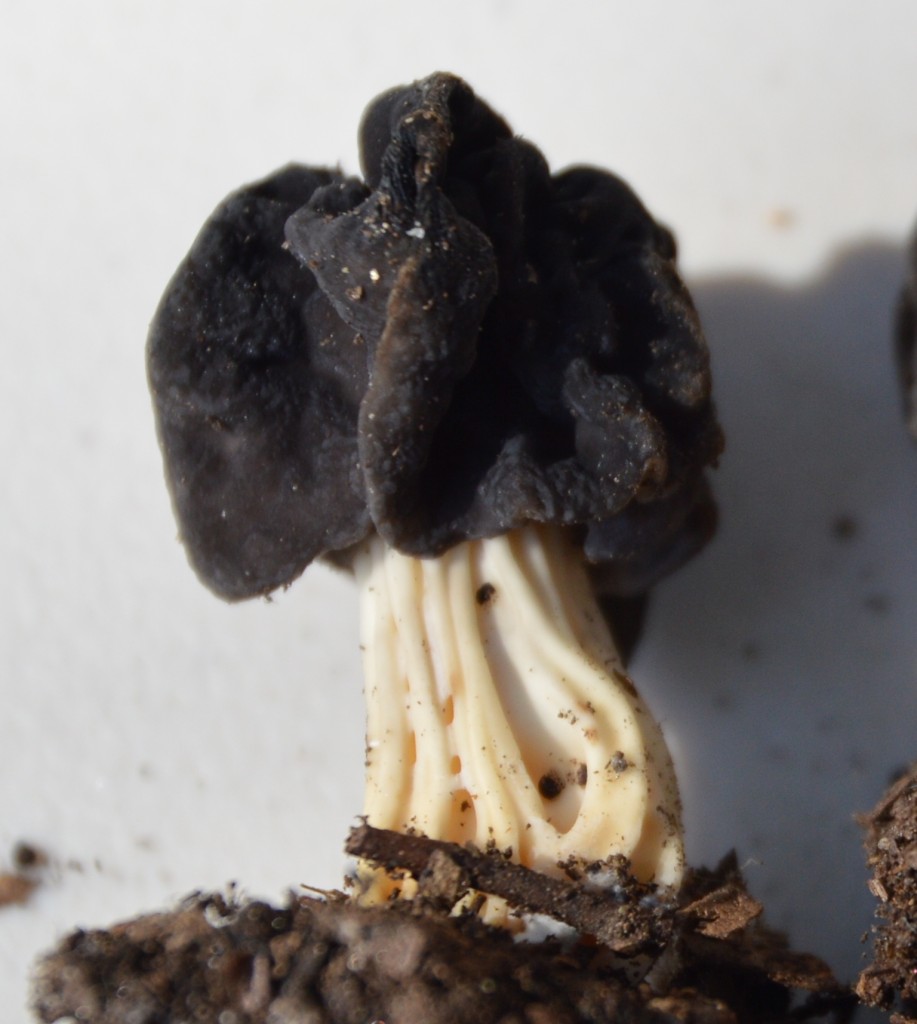
Back at the staging area, a property at the foot of Mount Palomar, other collectors have not found much either but there are a couple of interesting finds: the black-tipped, white-grooved, false morels that contain MMH (jet fuel), some cup fungi that remind me of the tawny, raw-hide chew toys I give the dogs, and the fat-stemmed, blue stained, gilled mushrooms that I’ll have to wait for an expert to identify.
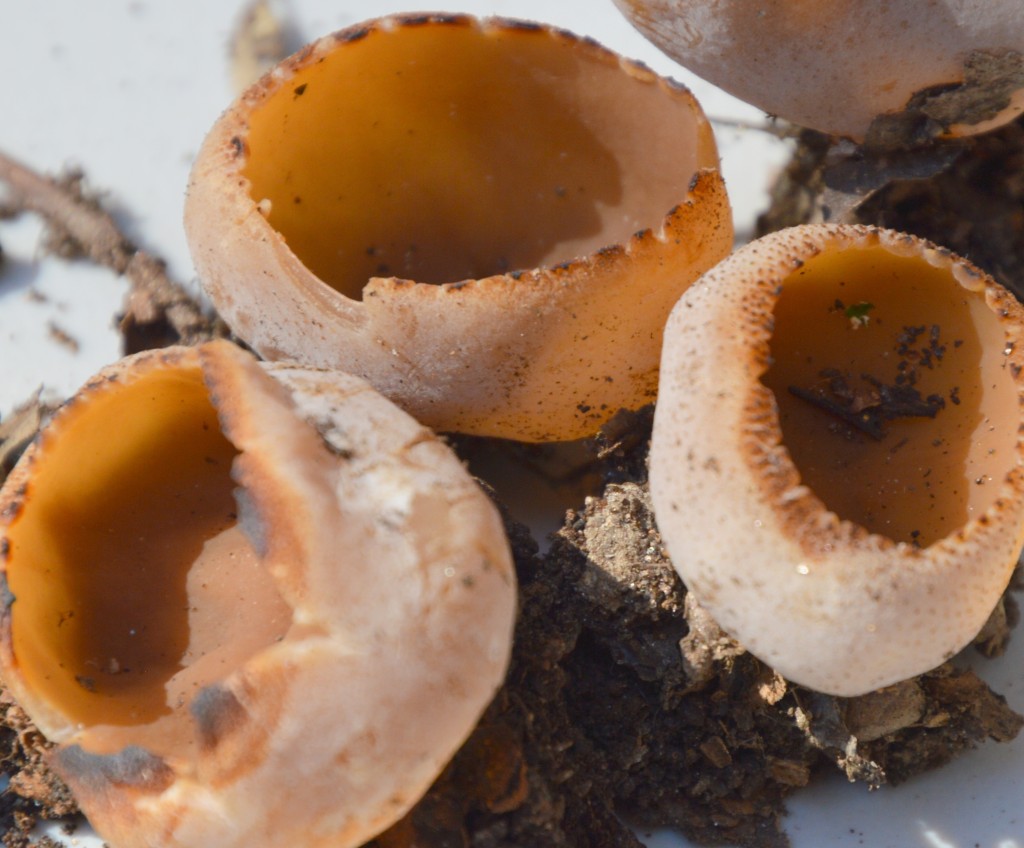
The owner of the property, sets up lunch, salads, cheeses, cookies, wines and someone even contributed a mead. He tried to start a truffle farm in Southern California by importing the trees from Italy with roots still intact and already innoculated with truffle spores and mushrooms. Success has been elusive due to his nemeses, and mine, the gopher.
